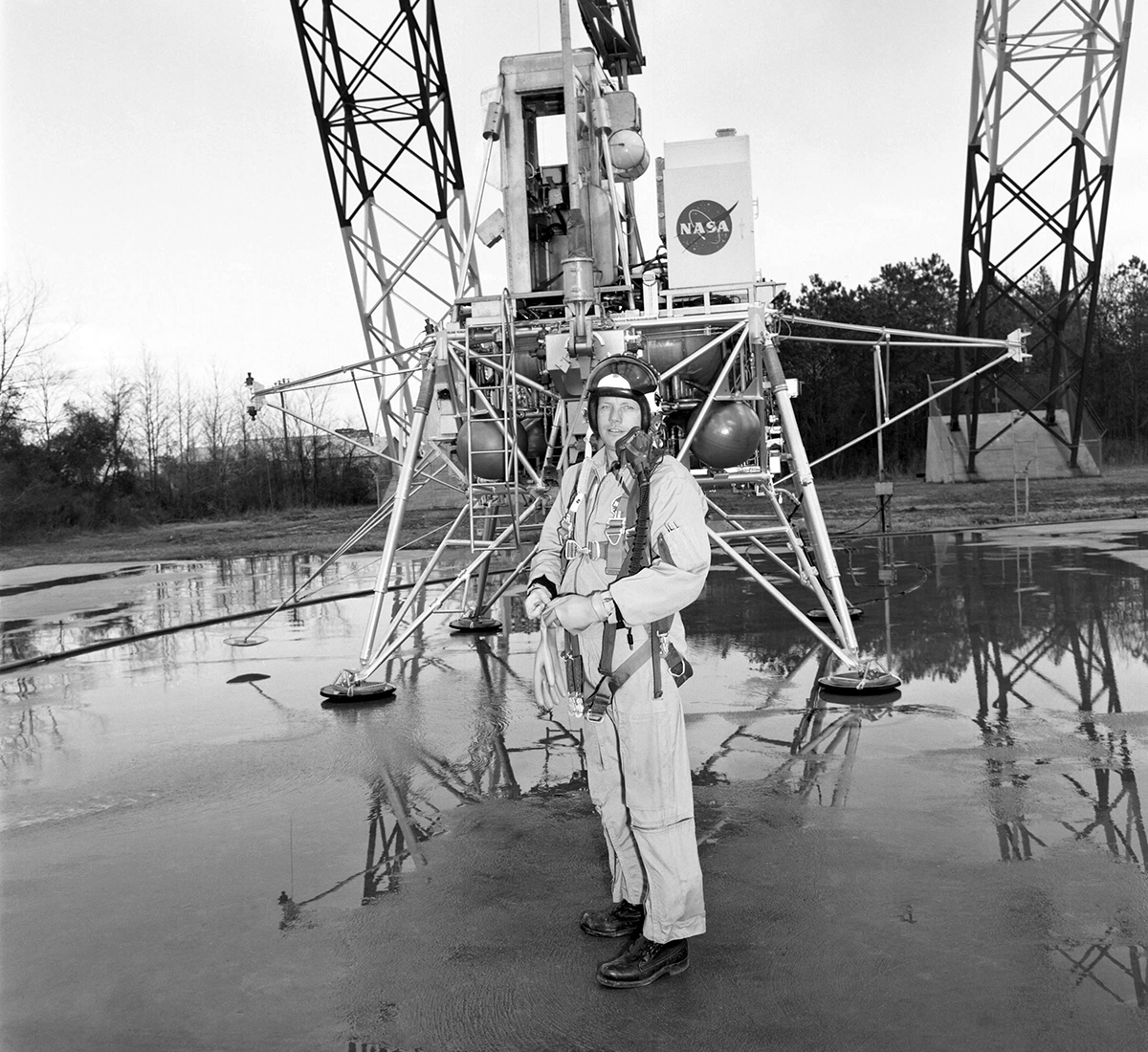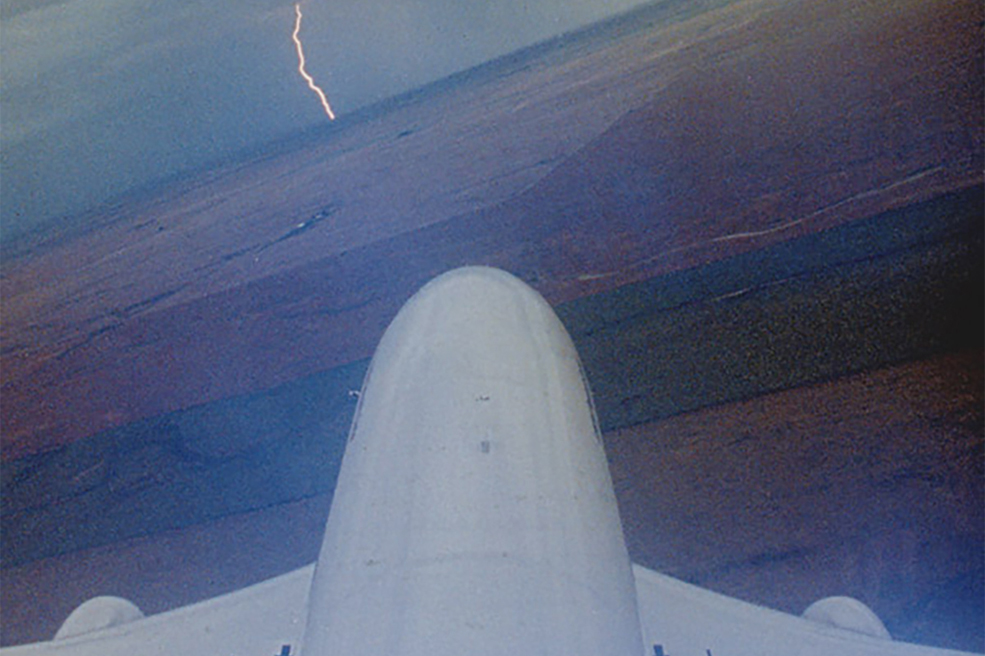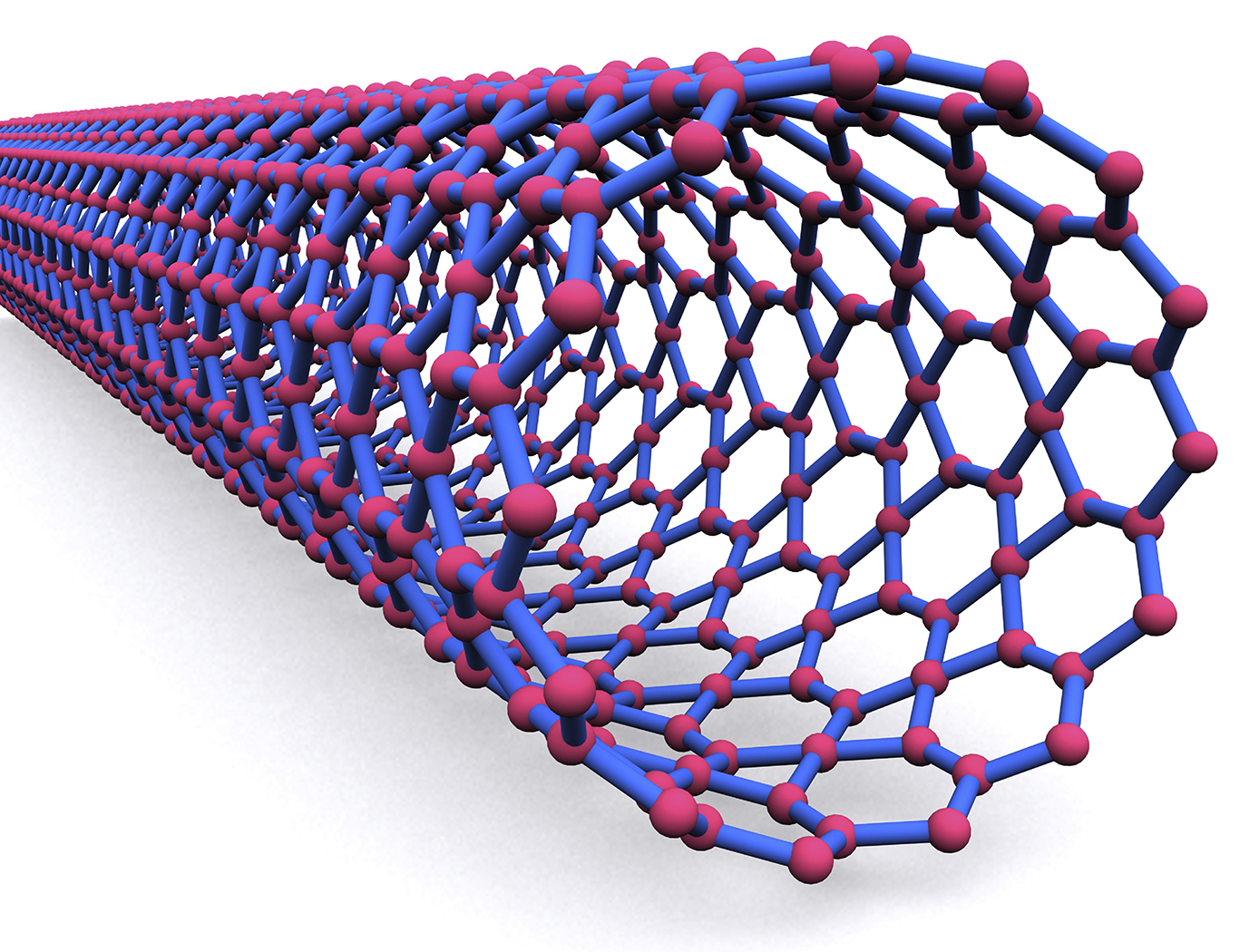Air travel, spaceflight, robotic solar-system missions: science fiction to those alive at the turn of the 20th century became science fact to those living in the 21st. America’s aerospace future has been literally made at NASA’s Langley Research Center by the best and brightest the U.S. can offer. What follows are some of the many highlights from a century of ingenuity and invention.
Making the Modern Airplane
In times of peace and war, NASA Langley helped to create a better airplane, including unique wing shapes, sturdier structures, the first engine cowlings, and drag cleanup that enabled the Allies to win World War II.
Wind Goes to Work
Langley broke new ground in aeronautical research with a suite of first-of-their-kind wind tunnels that led to numerous advances in commercial, military and vertical flight, such as helicopters and other rotorcraft.
Aeronautics Breakthroughs
Aviation Hall of Famer Richard Whitcomb’s area rule made practical jet flight a reality and, thanks to his development of winglets and the supercritical wing, enabled jets to save fuel and fly more efficiently.
Making Space
Langley researchers laid the foundation for the U.S. manned space program, played a critical role in the Mercury, Gemini and Apollo programs, and developed the lunar-orbit rendezvous concept that made the Moon landing possible.
Safer Air Above and Below
Langley research into robust aircraft design and construction, runway safety grooving, wind shear, airspace management and lightning protection has aimed to minimize, even eliminate air-travel mishaps.
Tracking Earth from Aloft
Development by Langley of a variety of satellite-borne instrumentation has enabled real-time monitoring of planet-wide atmospheric chemistry, air quality, upper-atmosphere ozone concentrations, the effects of clouds and air-suspended particles on climate, and other conditions affecting Earth’s biosphere.

Crucial Shuttle Contributions
Among a number of vital contributions to the creation of the U.S. fleet of space shuttles, Langley developed preliminary shuttle designs and conducted 60,000 hours of wind tunnel tests to analyze aerodynamic forces affecting shuttle launch, flight and landing.
Decidedly Digital
Helping aeronautics transition from analog to digital, Langley has worked on aircraft controls, glass cockpits, computer-aided synthetic vision and a variety of safety-enhancing onboard sensors to better monitor conditions while airborne and on the ground.
Fast, Faster, Fastest
Langley continues to study ways to make higher-speed air travel a reality, from about twice the speed of sound – supersonic – to multiple times: hypersonic.
Safer Space Sojourns
Protecting astronauts from harm is the aim of Langley’s work on the Orion Launch Abort System, while its work on materials and structures for lightweight and affordable space transportation and habitation will keep future space travelers safe.
Unmasking the Red Planet
Beginning with its leadership role in Project Viking, Langley has helped to unmask Martian mysteries with a to-date involvement in seven Mars missions, with participation in more likely to come.
Touchdown Without Terror
Langley’s continued work on advanced entry, descent and landing systems aims to make touchdowns on future planetary missions routinely safe and secure.
Going Green
Helping to create environmentally benign aeronautical technologies has been a focus of Langley research, including concepts to reduce drag, weight, fuel consumption, emissions, and lessen noise.
Intrepid Inventors
With a history developing next-generation composite structures and components, Langley innovators continue to garner awards for a variety of aerospace inventions with a wide array of terrestrial applications.







































